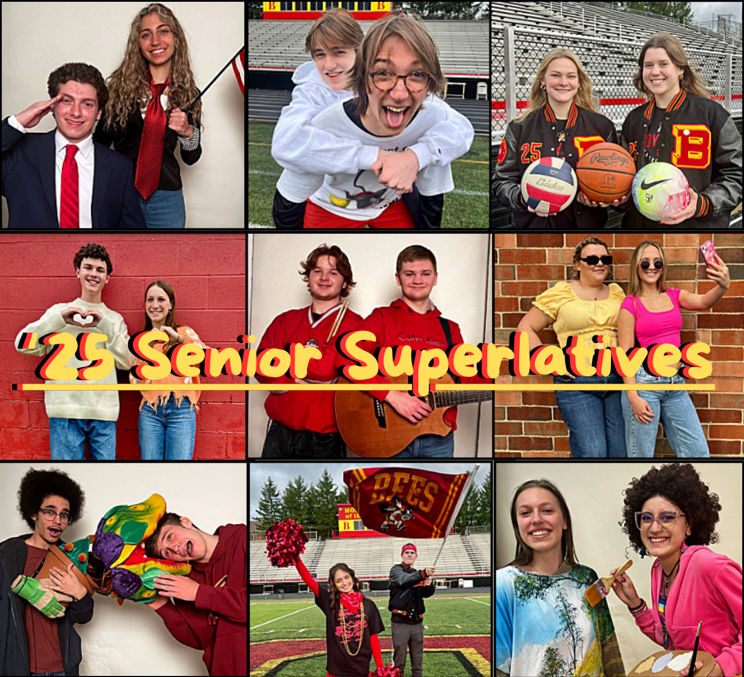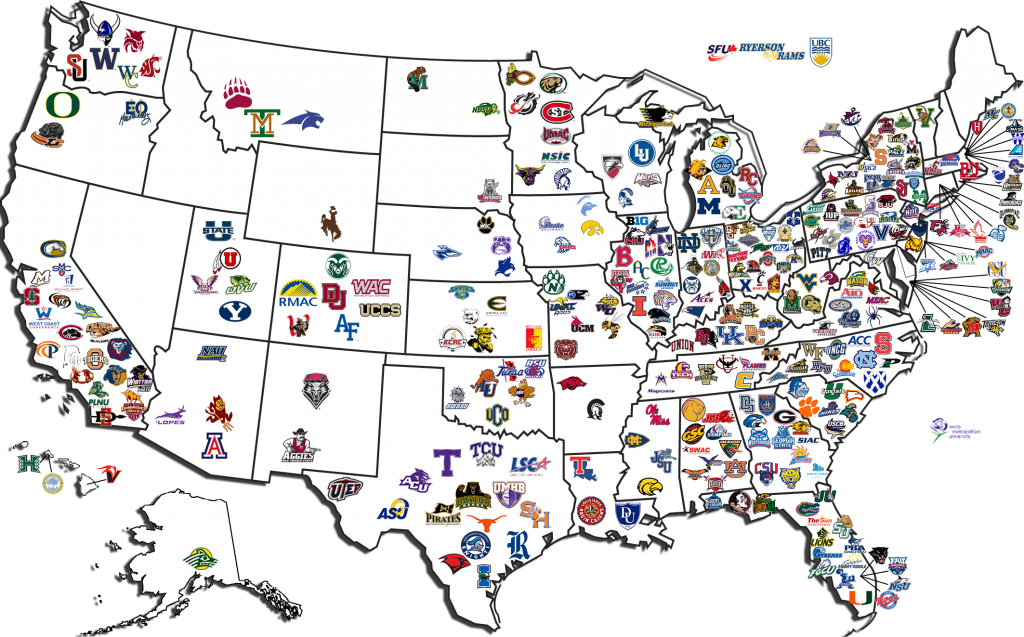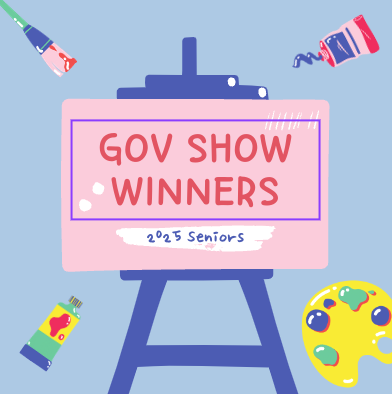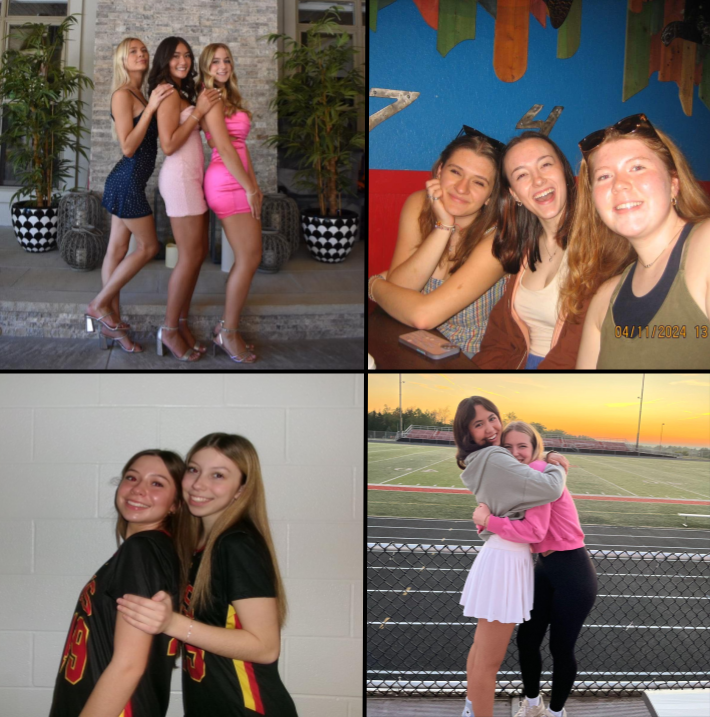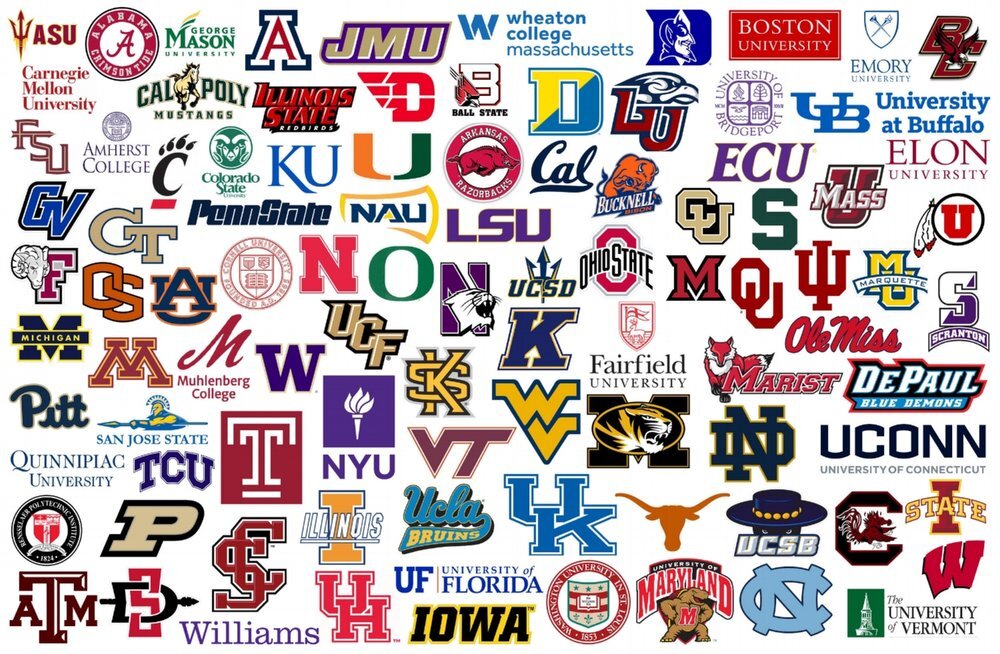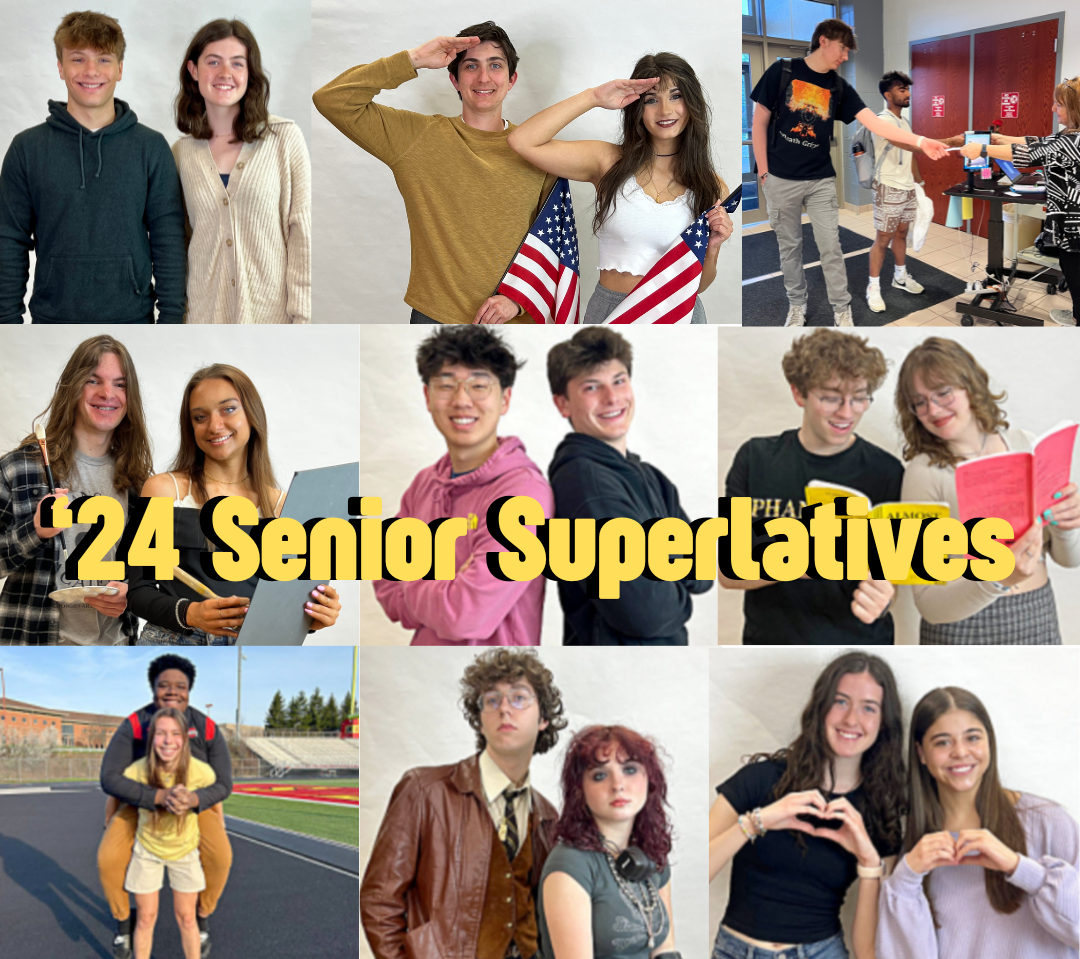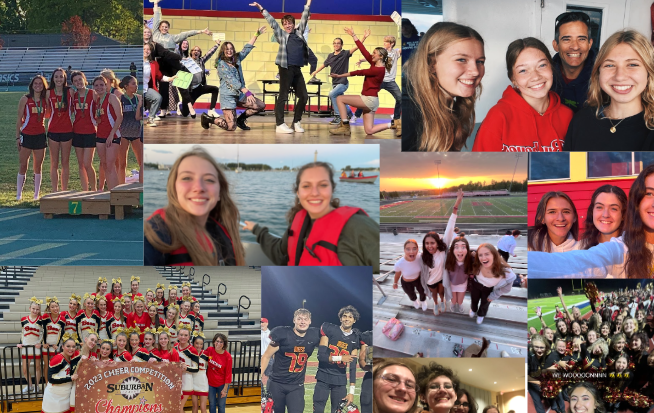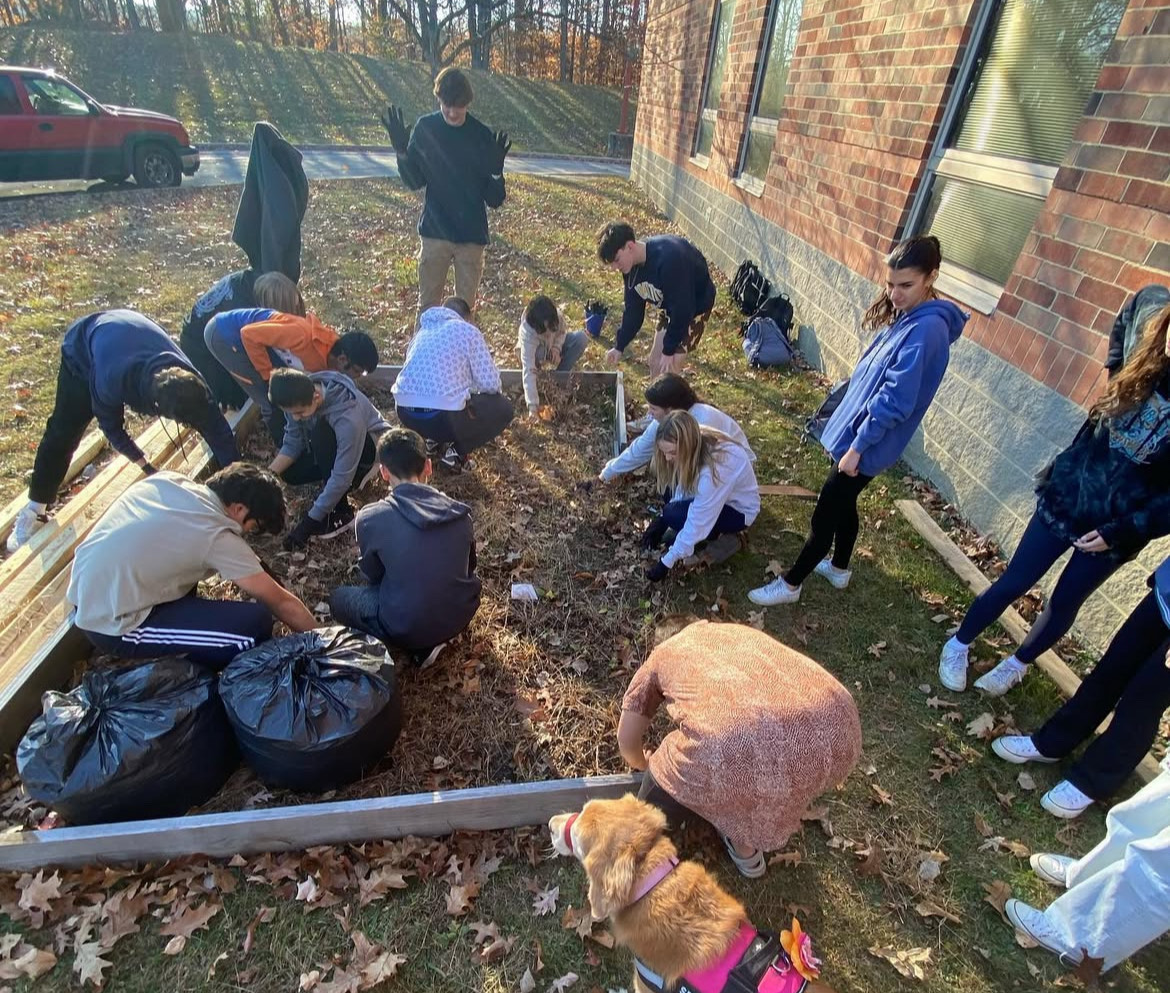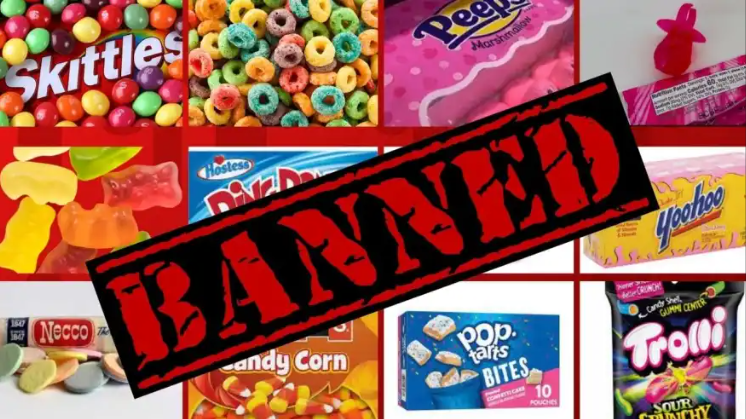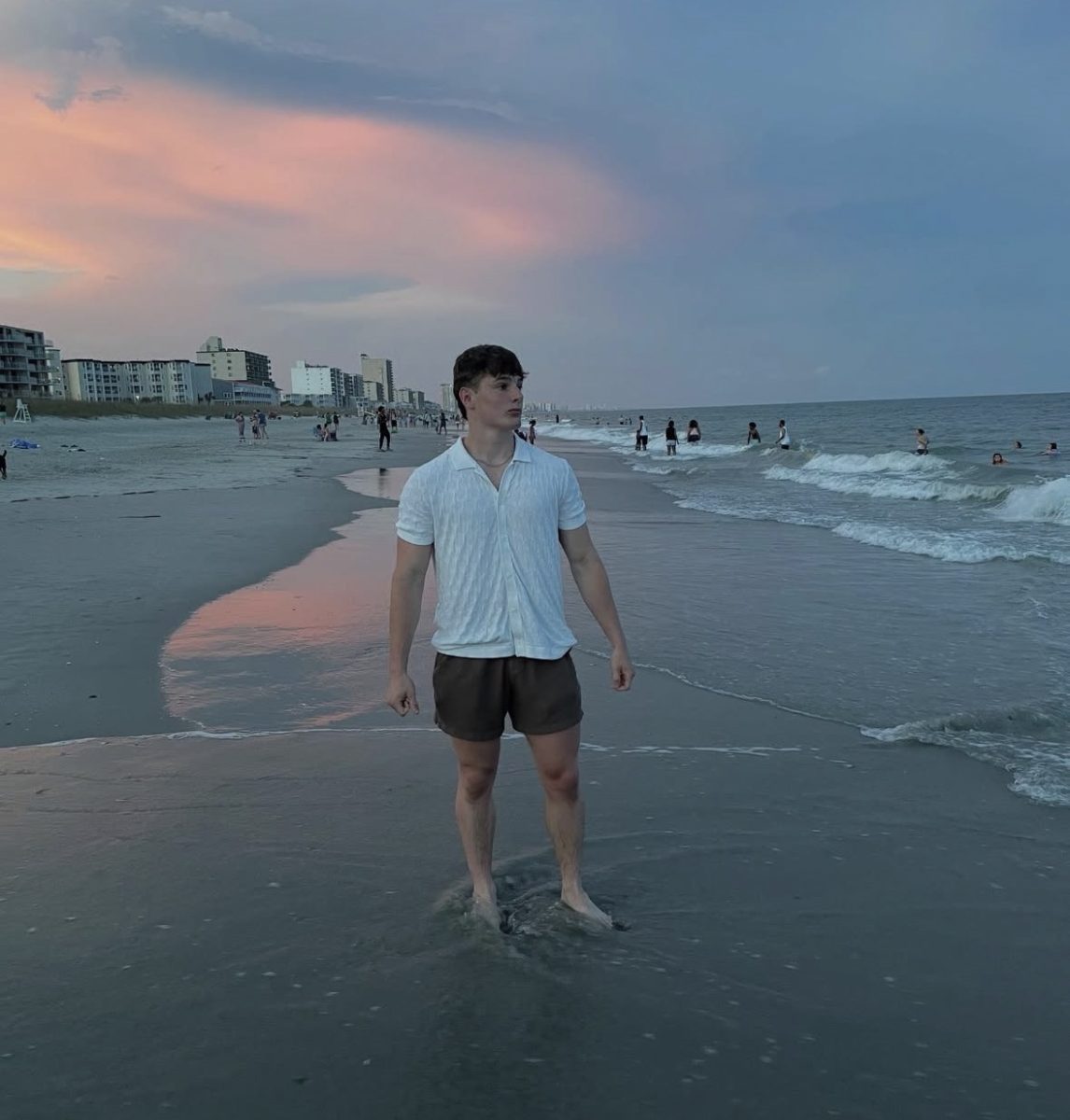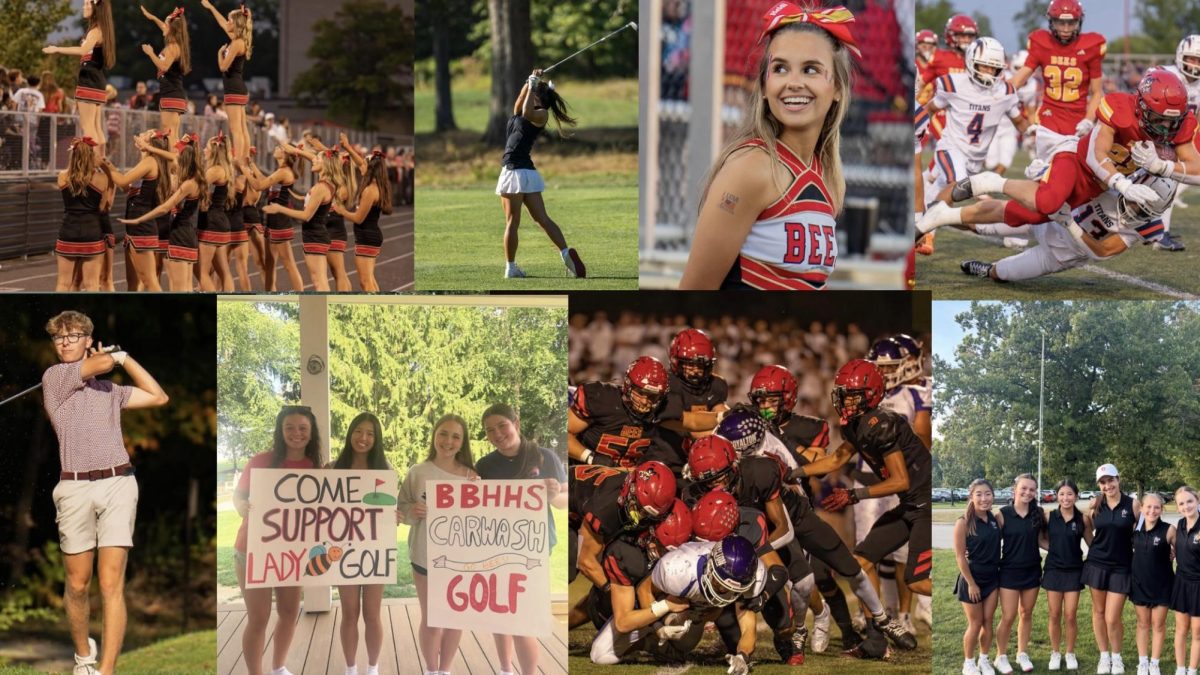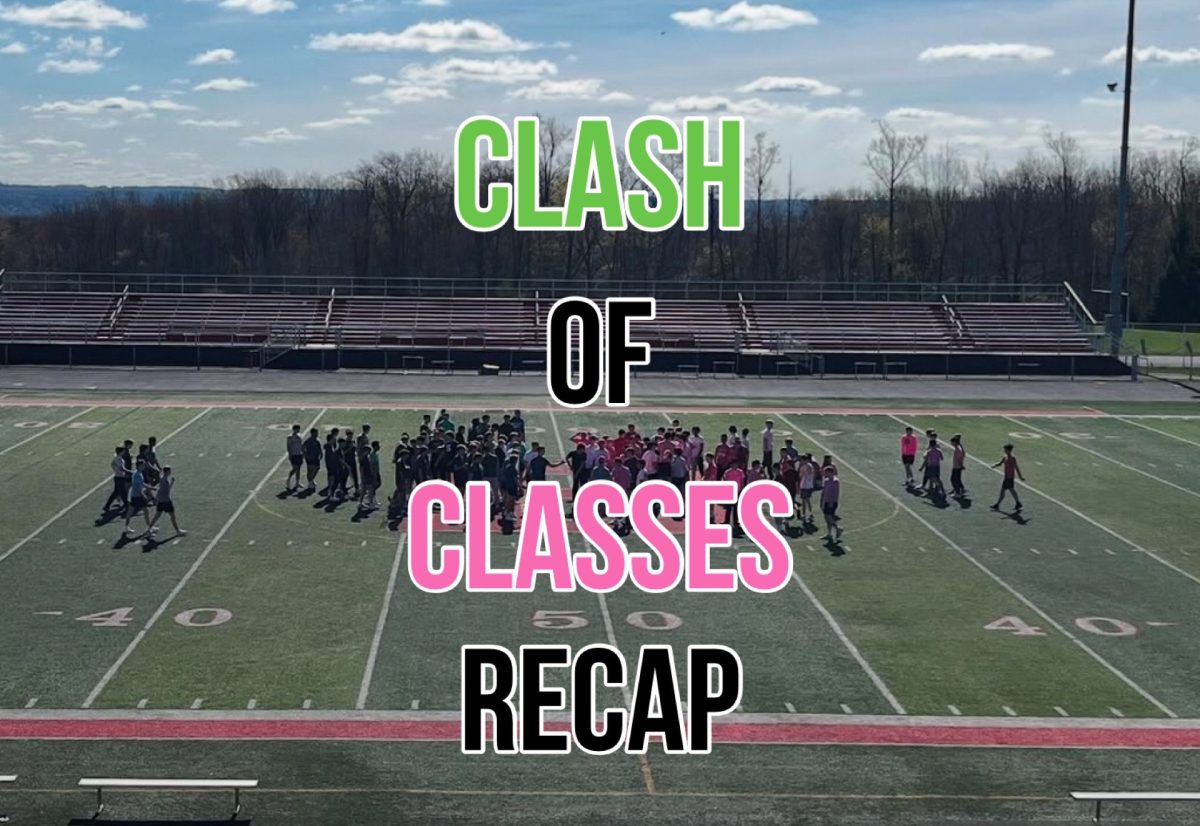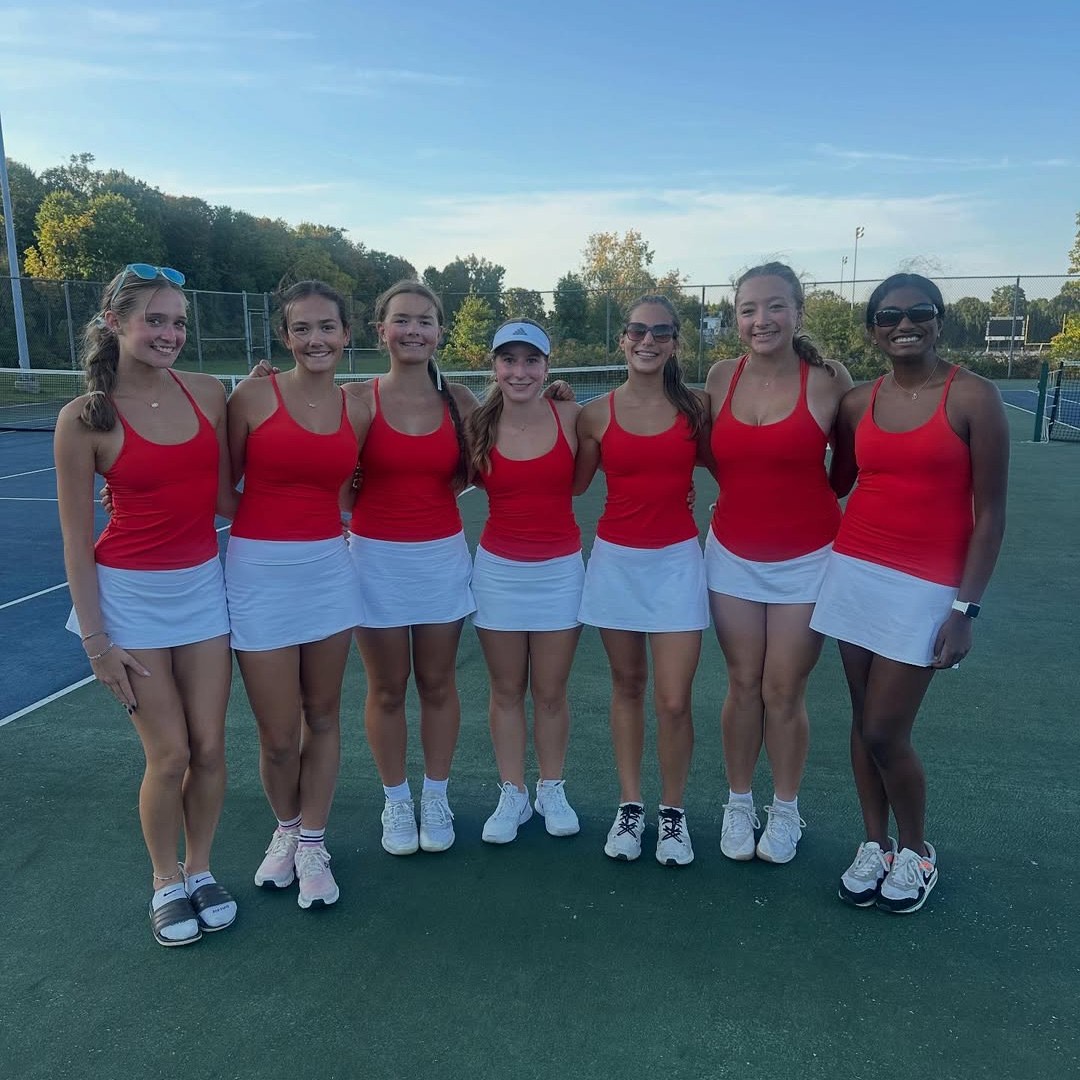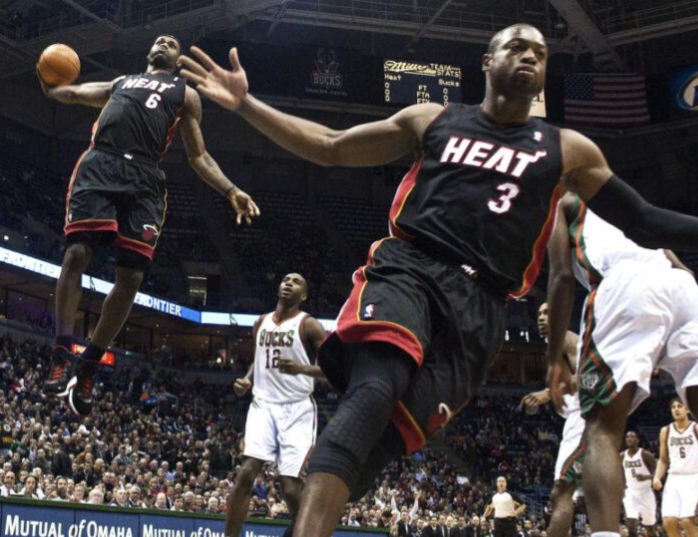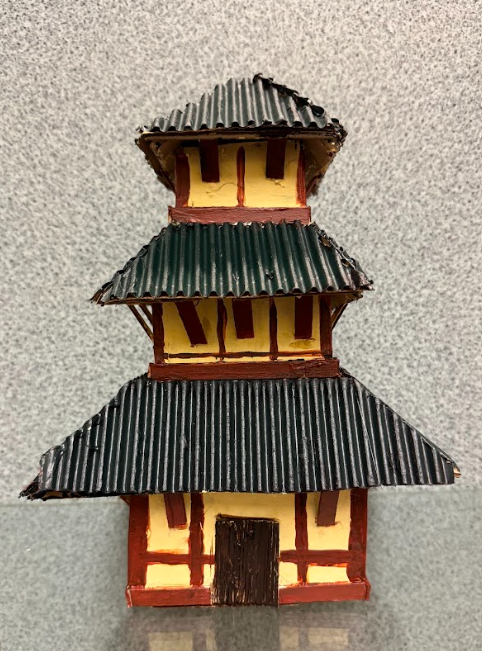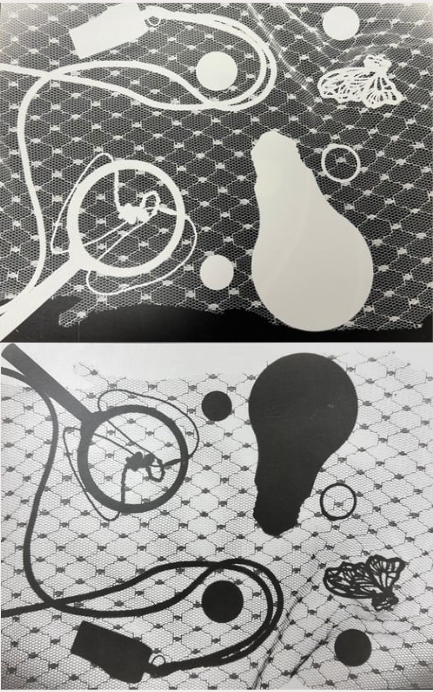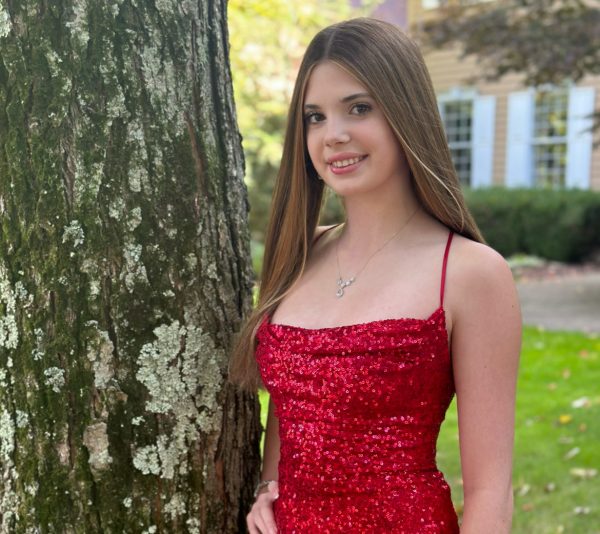As the days draw closer to the election, tensions in the political world keep rising. For the 60th U.S. presidential election, there have been many debates between candidates, morals, and policies. As everything is going on throughout the country, a study is also being conducted throughout BBHHS to understand the district’s diverse thinking.
The first step to voting is knowing which candidate is from which party. The main two parties are the Democrats, who have nominated Vice President Kamala Harris, and the Republicans, who have nominated the 45th President, Donald Trump. These, however, are not the only parties or candidates. All the third-party candidates are Robert F Kennedy Jr. (We the People), Jill Stein (Green Party), Cornel West (Unaffiliated), Chase Oliver (libertarian party), and Claudia De La Cruz (Party for Socialism and Liberation).
The election process, however, grows more complicated with the topic of popular and electoral votes. AP American History teacher, Elizabeth Mieskowski, helps to explain the idea of electoral votes and puts things into perspective. Popular votes are what is considered a “true democracy.” A popular vote in America is counted as one vote per person, regardless of state. Each vote is counted up and can be used to foreshadow who is most likely to win the presidency. There have been five times in U.S. history where the candidate who won the popular vote did not become president, the most recent being in 2016 when Hillary Clinton won the popular vote over Donald Trump.
The electoral vote is a “much harder concept to grasp for most people,” says Mieskowski. The electoral vote is the one that determines which candidate becomes president. The electoral vote is applied to states by giving each one a certain number of votes based on population. California has the largest population of any state in the U.S. because of its two senators and 52 members in the House of Representatives, which is why they will get 54 electoral votes. States with smaller populations, like Wyoming, on the other hand, with two senators and one member in the House of Representatives, will get three electoral votes. The state of Ohio will receive 17 electoral votes this year.
48 states, except for Maine and Nebraska, use the party block style of electoral voting. This means that whatever party the majority of the state population votes for will account for all of the state votes. For example, if one of Delaware’s three votes is red, but the other two are blue, then all three votes will go to the democratic party. For most states, it is guaranteed which party they will vote for. An example of this is California, which is always a blue state, and Texas, which is always a red state.
As for Ohio, the state is technically considered a swing state, as it voted blue in 2008 and 2012, and red in 2016 and 2020. This election, according to several popularity polls run by websites like 270tiwin.com, Ohioans are slightly leaning towards Donald Trump.
However, BBHHS is not all of Ohio. A poll was sent out to all the students at BBHHS, and the results were somewhat surprising. The poll had three questions, the first was will you be old enough to vote in this election, and if so are you voting? As expected, a large number of students (93.6%) answered that they are under the age of 18. Only five of the 78 students who filled out the form will be able to vote, and of them, only three are casting a vote this year.
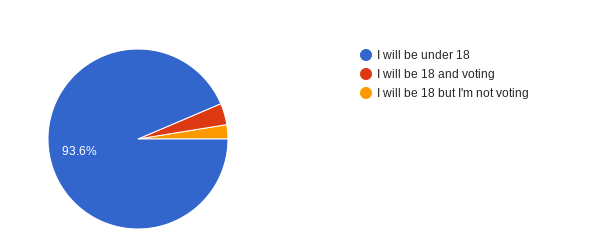
The next two questions went hand in hand. Who would you vote for if you could vote, and why? 9% of voters said they would vote for an independent/third party, saying, “I don’t like either candidate for plenty of reasons; therefore, I am choosing the third party.”
Another voter says, “I’m not really into politics and hate the constant fighting over two candidates, so I am choosing a third party.” All of the responses for reasons tied to third party voting are not in support of an actual candidate, but rather as an excuse to vote for someone other than the two main candidates.
Next, there is an overwhelming number of students who say they would not vote at all if they had the opportunity. Of students in the survey, 24.4% said that they would not vote. The most common reason being, “I don’t know enough about politics to pick one right now.” Almost all of these people expressed that they were simply not educated enough in current politics.
The last two sections of the graph represented the students who said that they would either vote red or blue. Though the votes were pretty close, 38.5% of students said that they would vote for democratic party representative Kamala Harris, with only 28.2% of people saying they would vote for republican party representative Donald Trump.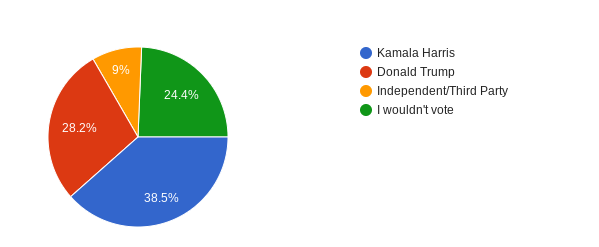
The reasons given for voting either of the main two included support of a certain policy, such as “She supports issues like health care access, climate change action, and criminal justice reform, which might align with your values.”
Those voting for Trump cited reasons like, “ lower taxes and border security.”
Overall, the opinions on the election are pretty diverse at BBHHS. While many of the students are too young to vote now, many people such as Mieskowski urge them to vote when they can. She says,“It is your civic duty and responsibility to learn about issues and people and to vote your conscience.”


